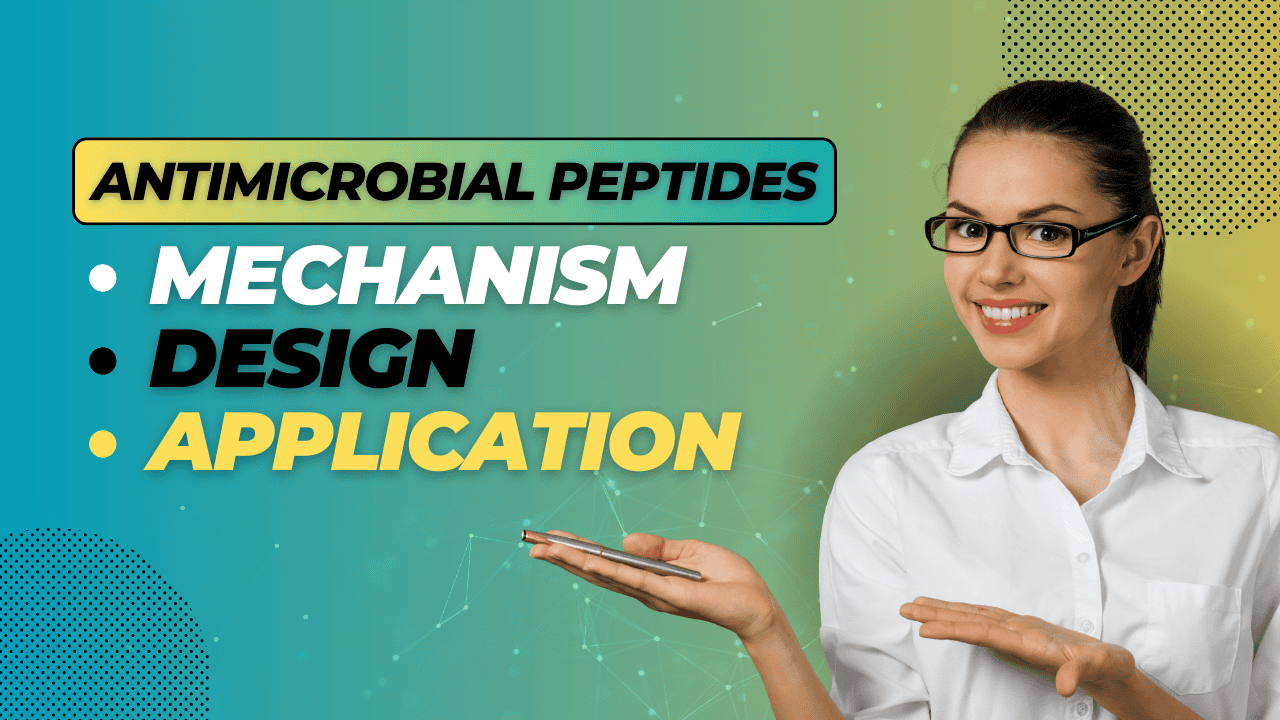

Cell-penetrating peptides (CPPs) are an intriguing set of molecules designed to transport various cargoes across the typically impenetrable cell membrane.
Their potential in drug delivery systems, gene delivery, and other biomedical applications cannot be overstated.
This article delves into what CPPs are, their mechanisms of action, and their transformative potential in medicine.
If you’re keen on understanding the future of targeted therapeutic delivery, this is a must-read.
So, what makes cell-penetrating peptides so special? You see, CPPs possess a unique ability to cross the cell membrane without causing major damage. This characteristic stems from their peptide sequence that often includes arginine-rich sequences, making them incredibly versatile vehicles for transporting therapeutic agents.
Ever wondered how cpps stack up against other peptide molecules? Unlike typical peptides, cell-penetrating peptides can ferry cargo right inside the cell, bypassing cellular checkpoints. This feature is particularly beneficial for intracellular drug delivery and the delivery of proteins.
Flashback to the ’80s when Tat peptide first grabbed the spotlight. Since then, research on cpps has been a rollercoaster ride of ups and downs, leading to a myriad of synthetic peptides and peptide derived technologies tailored for enhanced drug delivery.
The million-dollar question: How do CPPs get inside cells? There are mainly two avenues here: endocytosis and direct translocation. While endocytosis can be further broken down into pathways like macropinocytosis, direct translocation involves CPPs slipping through the cell membrane.
Here’s where it gets tricky. The efficiency of cellular uptake depends on multiple factors, such as peptide concentration, the cell type, and even the environmental conditions. It’s like baking a cake; each ingredient and its quantity matter.
So, is the juice worth the squeeze? Turns out, cellular uptake efficiency varies but can be remarkably high, particularly with arginine-rich peptides. It’s a balancing act of peptide design and cell type.
Are all cpps created equal? Not really. Cell-penetrating peptides can be classified into categories like cationic CPPs, amphipathic CPPs, and tailored cyclic peptides, each with unique features and applications.
These are the big hitters. Cationic CPPs typically contain positively charged amino acids like arginine, enabling them to interact effectively with the negatively charged cell membrane.
These peptides are the jack-of-all-trades, exhibiting both hydrophilic and hydrophobic properties. Think of them as the Swiss Army knife of cell-penetrating peptides.
And then there are the rookies—specialized CPPs tailored for specific tasks like cancer therapy or gene delivery. They represent the cutting edge of peptide-based technology.
Where are these magical molecules being used? From drug and gene delivery to biomedical research, the applications of cpps are vast. Their versatility extends to protein transduction, cell penetration, and even cancer therapy.
In medicine, the spotlight’s on cell-penetrating peptides for intracellular drug delivery and protein and peptide therapies. CPPs in clinical trials have shown promising results, especially in targeted delivery to tumor cells.
A bit less glamorous but equally impactful are the industrial uses. Cell-penetrating peptides have found their way into bioengineering and synthetic biology, enhancing processes and outcomes.
Looking forward, cpps are set to revolutionize areas like delivery using nanotechnology and precision medicine. The sky’s the limit!
The go-to route for many CPPs is endocytosis. By commandeering the cell’s own entry mechanisms, these peptides efficiently bypass the cell’s exterior defenses.
Cuts right to the chase, doesn’t it? Imagine CPPs slipping through the membrane like a cat through a half-closed door. This process can involve interactions with lipids and proteins on the cell surface.
Individual and still under heavy investigation, lipid rafts act as specialized domains on the cell membrane all to facilitate the entry of cell-penetrating peptides. It’s almost like they have a VIP pass.
Ever thought about how a cell “gulps” down external substances? These subtypes of endocytosis allow CPPs to enter cells through vesicle formation.
Let’s get into the nitty-gritty, shall we? In gene delivery, cpps act as couriers, transporting genetic material into cells efficiently. This is particularly groundbreaking in therapies involving siRNA delivery.
From treating genetic disorders to cancer therapy, cpps have been the unsung heroes. Many clinical trials have demonstrated their effectiveness in delivering gene therapy precisely where it’s needed.
But hey, it’s not all rainbows and unicorns. Issues like toxicity and inefficient delivery remain hurdles in gene delivery. Researchers are working tirelessly to iron out these kinks.
Ever wondered how medicine gets exactly where it needs to go? Drug delivery systems involving CPPs include lipid-based carriers and nanoparticles—tiny packaging to deliver big results.
Here’s where it gets exciting. Innovations like cyclic peptides and amphipathic peptides have ushered in a new era of functionally versatile drug delivery systems.
Efficient? You bet! These systems aim for targeted delivery of therapeutic molecules, ensuring a higher success rate in treating diseases like cancer.
Ever seen a spy movie where the infiltrator finds a hidden entrance? That’s cpps for you. They locate weaknesses in the cell membrane and slip through, carrying their cargo right into the cell and tissue.
One-size-doesn’t-fit-all, and the same goes for tissue penetration. Specific CPPs are tailored to penetrate particular tissues, making them invaluable in targeted treatments.
Barriers like the blood-brain barrier were once considered impregnable. However, cpps have shown potential in crossing these fortresses, widening the horizon for drug delivery.
When it comes to protein transduction, cpps are fantastic. They enable the delivery of functional proteins into cells, something regular delivery methods can’t always guarantee.
Short on length but big on impact, short peptides are efficiently delivered via CPPs. It’s like getting VIP backstage access at a concert when you only had general admission tickets.
Real-world examples abound. From delivering florescent proteins in different cell types to treating diseases with therapeutic proteins, the utility of CPPs shines through.
In biotech, CPPs are akin to Swiss Army knives. They assist in genetic engineering, drug development, and more. Their multifunctionality makes them indispensable.
Be it through predicting cell-penetrating peptides using machine learning or improving fermentation processes, CPPs boost efficiency and success rates in biotechnological applications.
The future looks bright. With advancements in peptides using machine learning algorithms, expect to see CPPs playing a big role in biotechnological innovations.
Let’s get down to brass tacks: When it comes to intracellular drug delivery, CPPs are game-changers. They bypass cellular barriers, ensuring precise delivery into the cell.
From treating neurodegenerative diseases to combating resistant infections, case studies have demonstrated the transformative effects of cpps in intracellular drug delivery.
So, you may ask, how effective are they really? Compared to traditional methods, CPPs offer superior targeted delivery with fewer side effects, revolutionizing how we treat complex conditions.
Trials such as those involving cpps for delivery of therapeutic molecules to tumor cells have showcased groundbreaking results, turning the tide in cancer therapy.
So far, the outcomes have been promising, with many trials reporting increased delivery efficiency and therapeutic efficacy, although some concerns around toxicity remain.
Clinical trials have taught us invaluable lessons on the potential and limitations of cpps. It’s a balancing act between efficacy and safety that researchers are still perfecting.
Efficiency isn’t just about speed; it’s about precision too. In cpps based drug delivery systems, metrics like cellular uptake, retention, and toxicity are crucial markers of success.
Variables like the peptide sequence, cargo type, and cell line can significantly influence the efficiency of delivery. It’s all in the details.
Recent innovations, including the development of penetratin peptides and dual-function CPPs, aim to enhance the efficiency and versatility of drug delivery methods.
The main hurdles include toxicity, variability in cellular uptake, and inefficient cargo release. It’s akin to running a relay race where some runners lag behind.
Much like assembling IKEA furniture without instructions, research comes with its set of limitations, such as inconsistent results across different cell lines and limited clinical trials data.
A range of strategies—from peptide synthesis and characterization to the use of machine learning algorithms—are being developed to overcome these limitations. The future looks promising.
Get ready for the next big thing—peptide for siRNA delivery, combination of cell-penetrating peptides, and target cell specific peptides are just some of the trends on the horizon.
Imagine cell-penetrating peptides for intracellular delivery that can act as molecular Swiss Army knives, serving multiple functions in targeted therapies. The innovation pipeline is brimming.
Keep your eyes peeled for breakthroughs like peptides-derived biomedical applications that can revolutionize treatments for chronic and genetic diseases.
As with any medical technology, ethical issues like patient consent, potential misuse, and long-term impacts are integral considerations. It’s a double-edged sword.
The public perception of cpps remains mixed, ranging from enthusiastic support to cautious skepticism. Transparent communication is essential for gaining widespread acceptance.
Robust guidelines ensure that research on CPPs adheres to ethical standards. From informed consent to meticulous safety protocols, the pathway to ethical research is well defined.
There you have it—a full-fledged exploration of the intricate world of cell-penetrating peptides. This field is evolving rapidly, so stay tuned for more groundbreaking developments!
Cell penetrating peptides (CPPs) are used for transporting various therapeutic and diagnostic molecules into cells. They play a significant role in areas like drug delivery, gene delivery, and protein delivery. CPPs are also employed in cancer therapy, facilitating targeted delivery of therapeutic agents to cancer cells, enhancing treatment efficiency.
The most efficient cell penetrating peptide can vary, but arginine-rich cell-penetrating peptides like the Tat peptide are often highlighted for their high efficacy. These peptides facilitate efficient cell internalization due to their ability to interact strongly with the cell membrane.
Yes, specific peptides known as cell-penetrating peptides can penetrate the cell membrane. They utilize various mechanisms like endocytosis and direct translocation to enter cells, allowing the delivery of therapeutic materials directly into the cytosol.
Cell penetrating peptides (CPPs) can breach cell barriers. Examples include cationic peptides and amphipathic peptides, which interact with the cell membrane to facilitate cell entry.
Certain peptides, particularly cell penetrating peptides, are membrane permeable. Their unique structures and charges enable them to cross the cell membrane, allowing them to deliver cargo directly into cells.
Peptides, especially CPPs, enter cells primarily through two mechanisms: endocytosis and direct translocation. Specific sequences like those found in arginine-rich peptides facilitate this process.
Peptides are transported into cells via endocytosis or direct membrane penetration. CPPs specifically can use pathways like endocytosis to facilitate their entry and subsequent cargo delivery.
In a cell, peptides can function as signaling molecules, structural components, and transporters. Cell penetrating peptides specifically facilitate the delivery of therapeutic molecules, enhancing intracellular processes such as protein transduction.
In cancer research, cell penetrating peptides are used to deliver anti-cancer drugs directly into cancer cells, improving targeting and reducing side effects. They play a crucial role in enhancing the effectiveness of cancer therapy.
Cell penetrating peptides can be classified into several types:
Dr. Mário Colombo is a highly esteemed authority in the field of peptide-based drug delivery systems. With over 25 years of dedicated research, Dr. Colombo has significantly advanced our understanding of cell-penetrating peptides and their application in drug delivery and gene therapy. His innovative work has shed light on the mechanisms of cell membrane translocation and the efficacy of CPP-mediated delivery systems in clinical settings.
Notable publications by Dr. Colombo include:
Dr. Colombo has been recognized with numerous accolades, including the distinguished Pharmaceutical Sciences World Congress Award, underlining his authority and trustworthiness in peptide research. His contributions have paved the way for new therapeutic strategies, enhancing the potential of CPPs in targeted drug delivery systems.
Dr. Tatiana Samoilova is a leading figure in peptide science, renowned for her pioneering research on antimicrobial peptides and their role in combating resistant infections. With a rich background in biochemistry and molecular biology, Dr. Samoilova has significantly contributed to the development of new peptide-based therapeutics. Her work emphasizes the practical applications and real-world impact of cell-penetrating peptides in medical treatments.
Key publications by Dr. Samoilova include:
Dr. Samoilova’s research is acclaimed for its depth, precision, and innovative approach. She has earned recognition through numerous awards, including the prestigious European Peptide Society Award. Her authoritative work continues to drive advancements in peptide therapeutics, making her a trusted and influential voice in the scientific community.
Asrorov, A. M., Wang, H., Zhang, M., Wang, Y., He, Y., Sharipov, M., Yili, A., & Huang, Y. (2023). Cell penetrating peptides: Highlighting points in cancer therapy. Drug Development Research, 84(6), 1037–1071. https://doi.org/10.1002/ddr.22076
Böhmová, E., Machová, D., Pechar, M., Pola, R., Venclíková, K., Janoušková, O., & Etrych, T. (2018). Cell-Penetrating Peptides: a Useful Tool for the Delivery of Various Cargoes Into Cells. Physiological Research, S267–S279. https://doi.org/10.33549/physiolres.933975
Del Rio, G., Perez, M. a. T., & Brizuela, C. A. (2022). Antimicrobial peptides with cell-penetrating activity as prophylactic and treatment drugs. Bioscience Reports, 42(9). https://doi.org/10.1042/bsr20221789
Gallego, I., Rioboo, A., Reina, J. J., Díaz, B., Canales, Á., Cañada, F. J., Guerra‐Varela, J., Sánchez, L., & Montenegro, J. (2019). Glycosylated Cell‐Penetrating Peptides (GCPPs). ChemBioChem, 20(11), 1400–1409. https://doi.org/10.1002/cbic.201800720
Kardani, K., Milani, A., Shabani, S. H., & Bolhassani, A. (2019). Cell penetrating peptides: the potent multi-cargo intracellular carriers. Expert Opinion on Drug Delivery, 16(11), 1227–1258. https://doi.org/10.1080/17425247.2019.1676720
Rusiecka, I., Gągało, I., & Kocić, I. (2021). Cell-penetrating peptides improve pharmacokinetics and pharmacodynamics of anticancer drugs. Tissue Barriers, 10(1). https://doi.org/10.1080/21688370.2021.1965418
Sadiq, I. Z., Muhammad, A., Mada, S. B., Ibrahim, B., & Umar, U. A. (2021). Biotherapeutic effect of cell-penetrating peptides against microbial agents: a review. Tissue Barriers, 10(3). https://doi.org/10.1080/21688370.2021.1995285
Zhou, M., Zou, X., Cheng, K., Zhong, S., Su, Y., Wu, T., Tao, Y., Cong, L., Yan, B., & Jiang, Y. (2022). The role of cell‐penetrating peptides in potential anti‐cancer therapy. Clinical and Translational Medicine, 12(5). https://doi.org/10.1002/ctm2.822
ALL ARTICLES AND PRODUCT INFORMATION PROVIDED ON THIS WEBSITE ARE FOR INFORMATIONAL AND EDUCATIONAL PURPOSES ONLY. The products offered on this website are intended solely for research and laboratory use. These products are not intended for human or animal consumption. They are not medicines or drugs and have not been evaluated or approved by the FDA to diagnose, treat, cure, or prevent any disease or medical condition. Any form of bodily introduction is strictly prohibited by law.

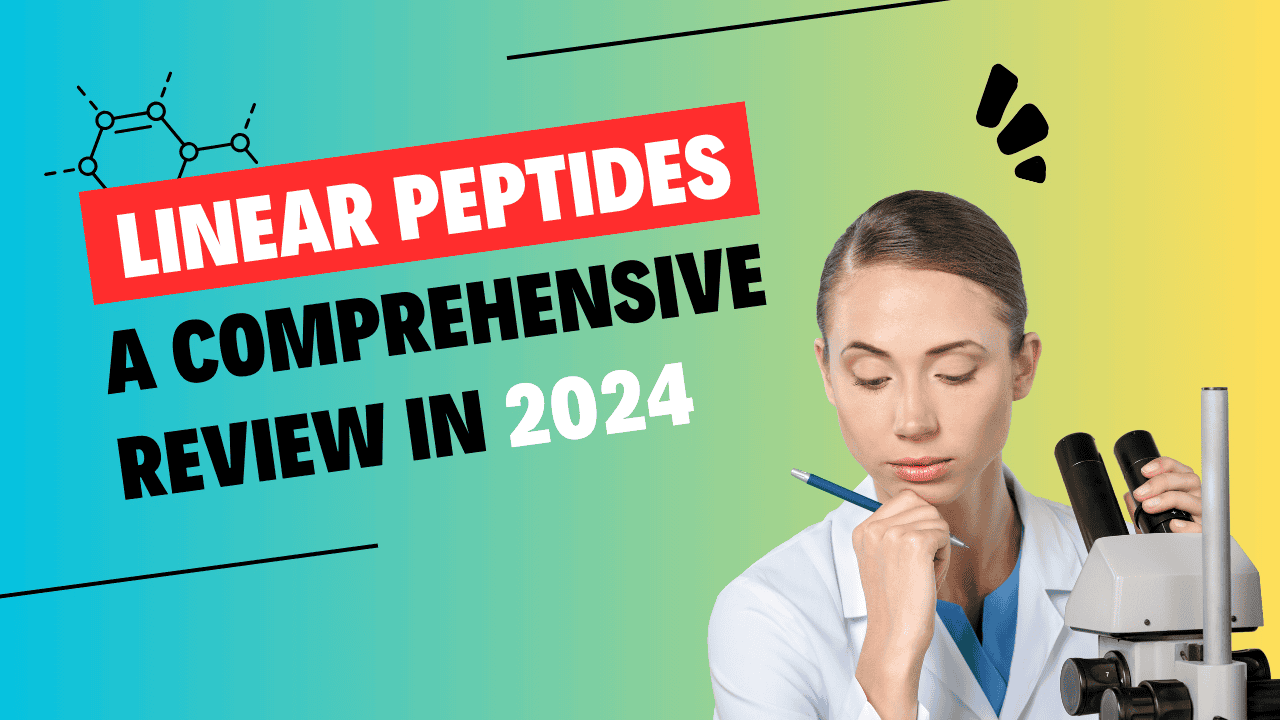
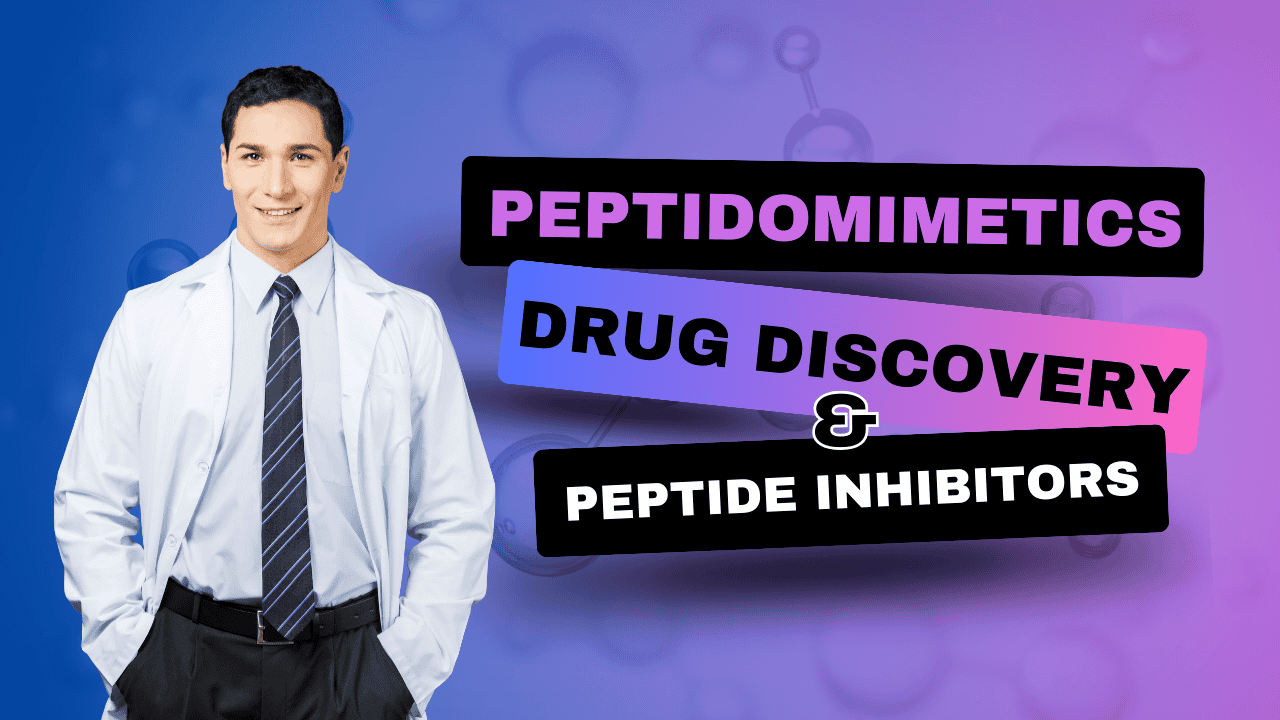

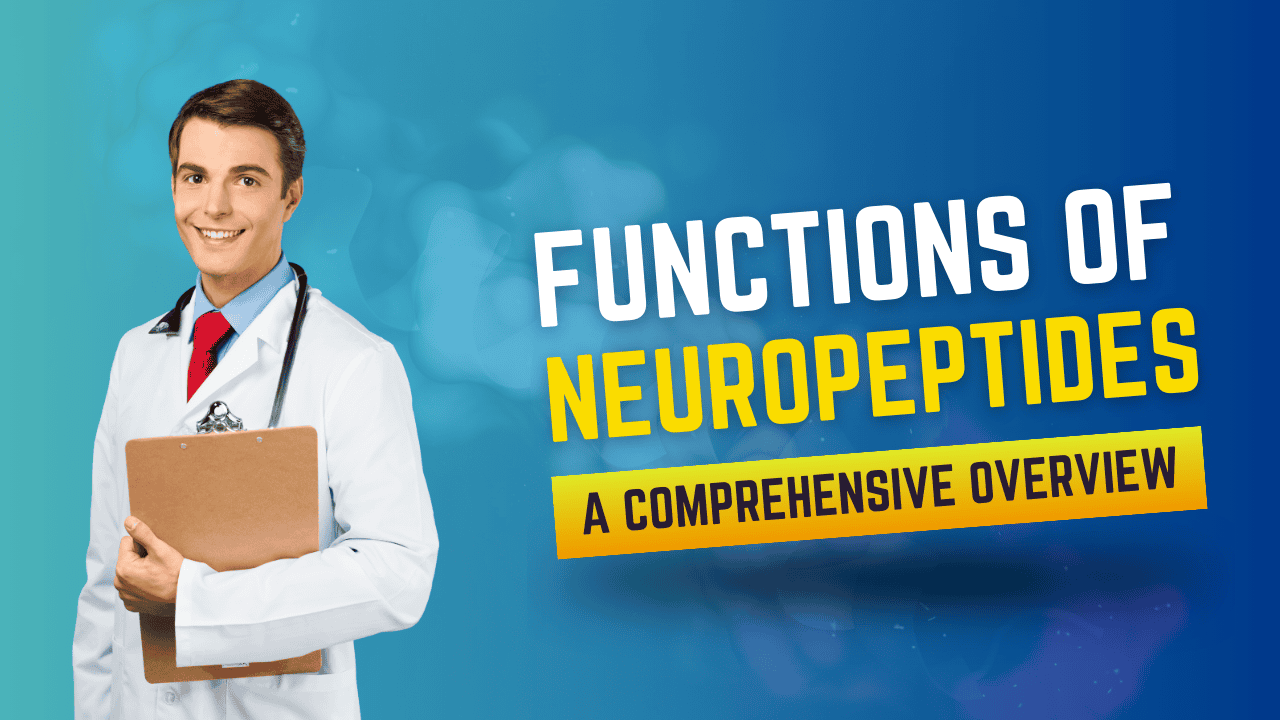
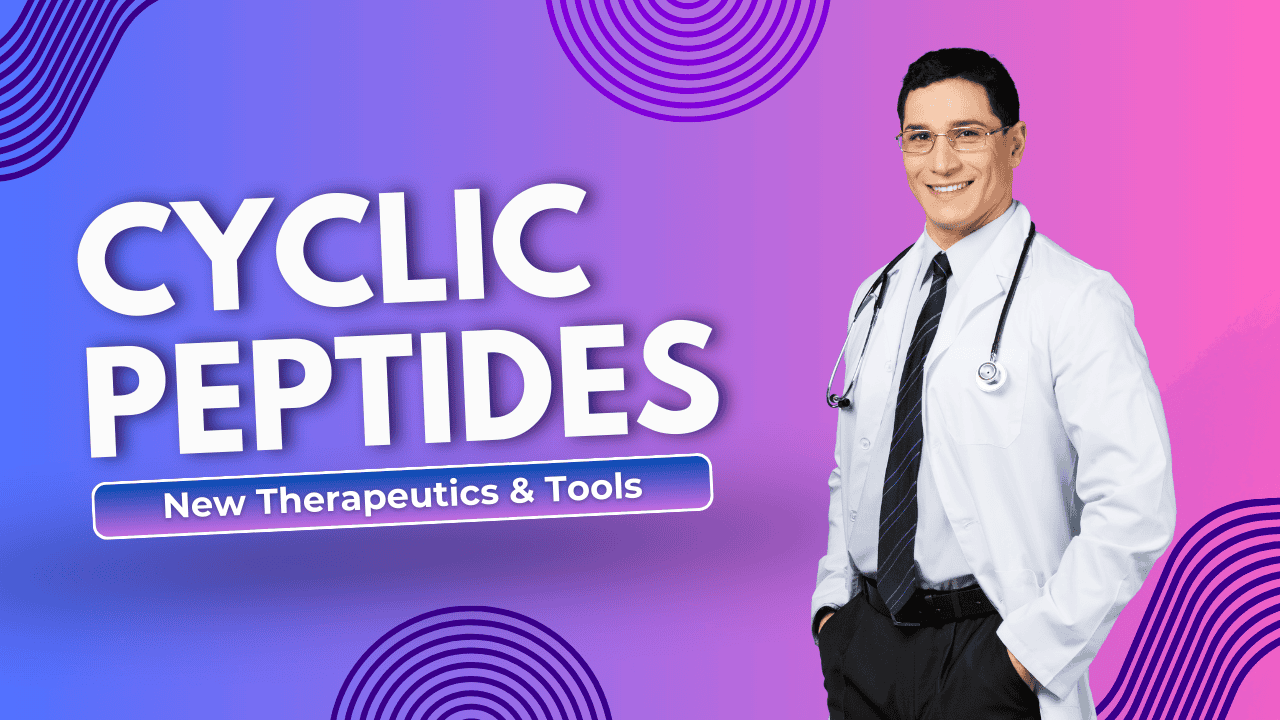
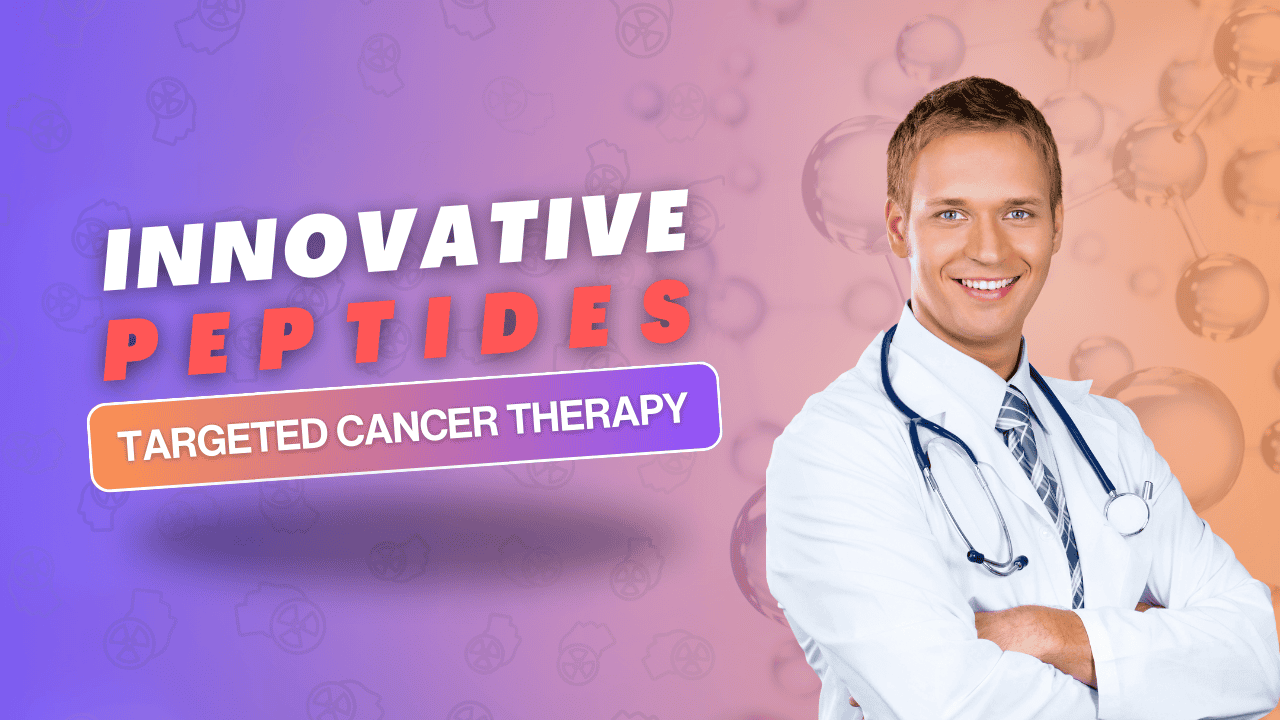
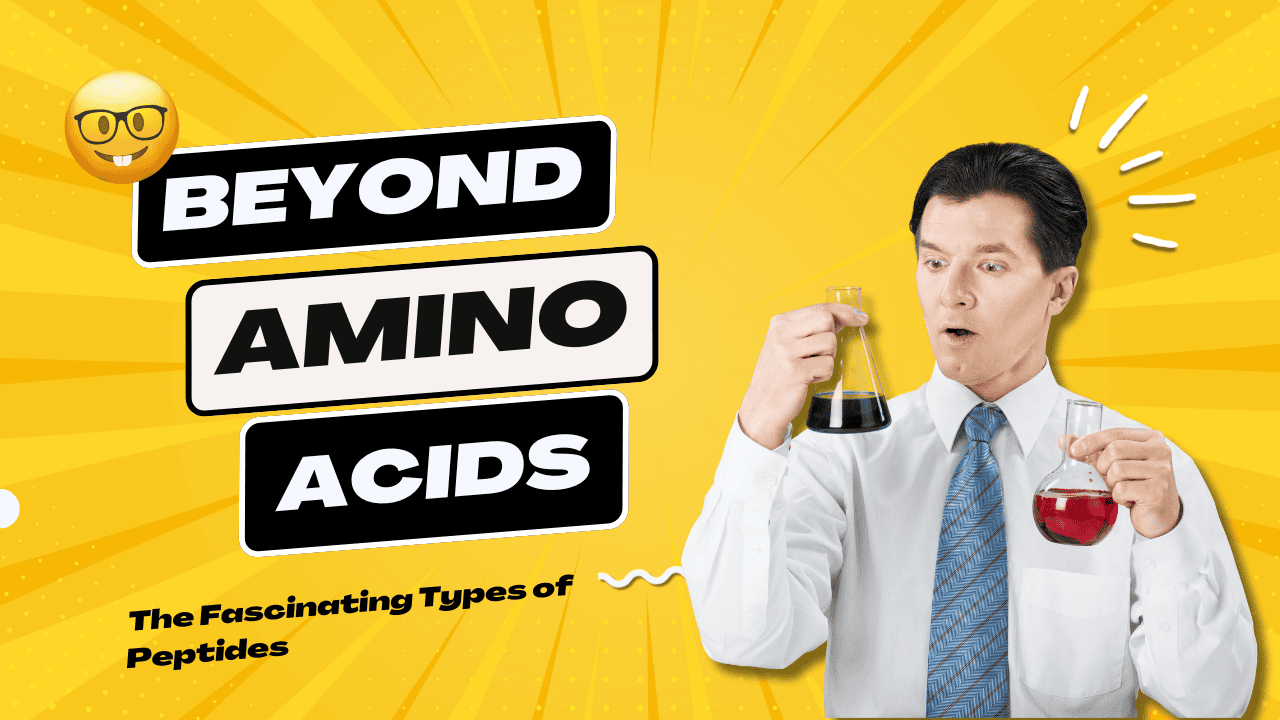
Discount Applied Successfully!
Your savings have been added to the cart.